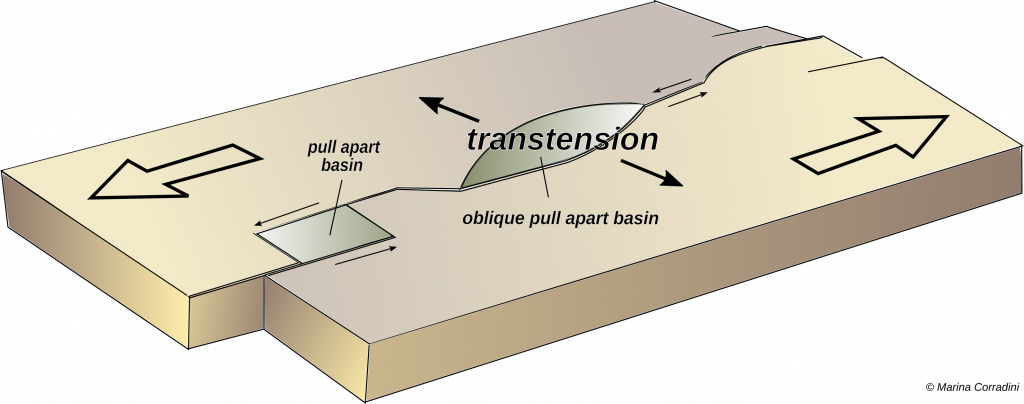
Today only 10 percent of workers have union protections. A decade and a half later, the former president of the Screen Actors Guild, Ronald Reagan, put collective bargaining in the dustbin of history by ordering striking air-traffic controllers back to work, and when they didn’t go back, he fired them.

By the grape strike in 1965, it was already down to 28 percent. Union membership peaked at 35 percent of the U.S. The great labor strikes of the late 19th and early 20th centuries-of steelworkers, textile workers, railroad workers, coal miners -were in the past.

It was a world already in the midst of death even as I was pumping fresh second-grade life into it. What I’m describing, of course, is a lost world, glimpsed only through history books or the memories of old people. We were not a religious family (to say the least), but I had a catechism: One worker is powerless many workers can bring a company to its knees. My parents would never suggest that poverty was caused by lack of intelligence or effort. They would never, ever cross a picket line, fail to participate in a boycott, lose sight of strikers’ need for money when they weren’t getting paychecks. My parents were old-school leftists, born in the 1920s and children during the Great Depression. I wasn’t Jimmy Hoffa, but I wasn’t playing any games either. I’d pop up next to a driver’s-side window and give the can an aggressive rattle. I’d go out in the parking lot and slip between cars to make sure no one was getting away without donating some coins or signing a petition. I did most of my work alongside her, but several times an hour I would do what child soldiers have always done: served in a capacity that only a very small person could.
#A left lateral strike slip fault results in a full#
There I was, maybe 7 or 8 years old, shaking a Folgers coffee can full of coins at the United Farm Workers’ table where my mother was garrisoned two to three afternoons a week. Strike-slip fault - a fault on which the two blocks slide past one another. The San Andreas Fault is an example of a right lateral fault.Ī left-lateral strike-slip fault is one on which the displacement of the far block is to the left when viewed from either side.Ī right-lateral strike-slip fault is one on which the displacement of the far block is to the right when viewed from either side.I was a child soldier in the California grape strikes, my labors conducted outside the Shattuck Avenue co-op in Berkeley. Reverse (thrust) fault - a dip-slip fault in which the upper block, above the fault plane, moves up and over the lower block. This type of faulting is common in areas of compression, such as regions where one plate is being subducted under another as in Japan. When the dip angle is shallow, a reverse fault is often described as a thrust fault.

Normal fault - a dip-slip fault in which the block above the fault has moved downward relative to the block below. This type of faulting occurs in response to extension and is often observed in the Western United States Basin and Range Province and along oceanic ridge systems. The following definitions are adapted from The Earth by Press and Siever.

A fault is a fracture or zone of fractures between two blocks of rock. Faults allow the blocks to move relative to each other. This movement may occur rapidly, in the form of an earthquake - or may occur slowly, in the form of creep. Faults may range in length from a few millimeters to thousands of kilometers. Most faults produce repeated displacements over geologic time. During an earthquake, the rock on one side of the fault suddenly slips with respect to the other. The fault surface can be horizontal or vertical or some arbitrary angle in between.Įarth scientists use the angle of the fault with respect to the surface (known as the dip) and the direction of slip along the fault to classify faults. Faults which move along the direction of the dip plane are dip-slip faults and described as either normal or reverse (thrust), depending on their motion. Faults which move horizontally are known as strike-slip faults and are classified as either right-lateral or left-lateral. Faults which show both dip-slip and strike-slip motion are known as oblique-slip faults.


 0 kommentar(er)
0 kommentar(er)
